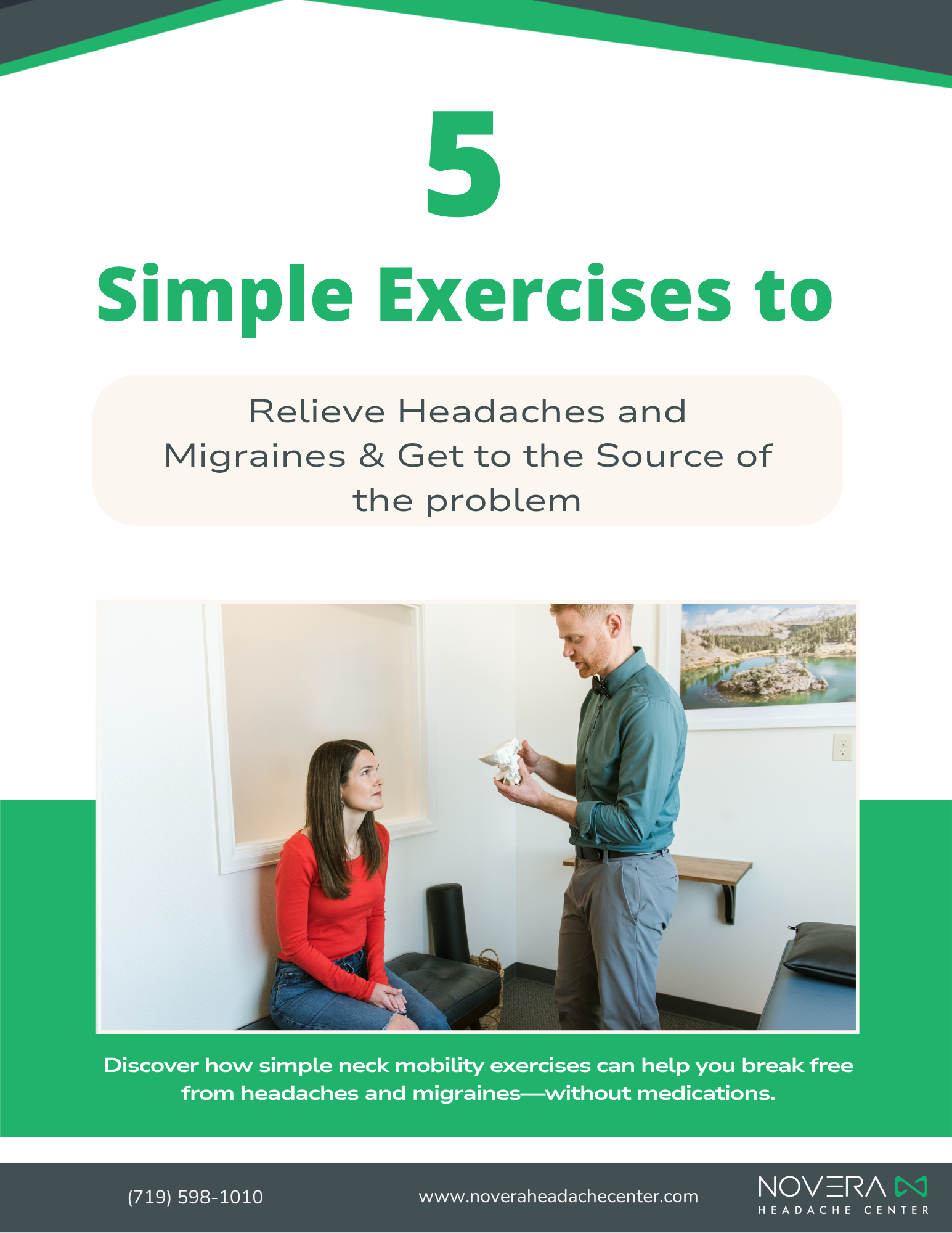If you’ve ever stepped outside on a hot day or finished a workout only to feel a pounding headache coming on, you’re not alone. Heat-triggered headaches are more common than most people realize — and understanding why they happen is the key to finding long-term relief.
How Heat Affects the Body
When temperatures rise, your body works overtime to cool itself down. Blood vessels expand, your heart rate increases, and you lose fluids through sweat. These changes can all affect blood flow and pressure inside your head.
As Dr. Taves explains, “When we start adding heat, whether from exercise or being in a warm environment, we’re changing the amount of pressure that our system can handle.”
If your neck or nervous system is already sensitive, these shifts can push your body past its threshold and cause a heat-triggered headache or migraine episode.
Why Does Heat Trigger Headaches?
Yes, heat can trigger headaches because it increases intracranial pressure and challenges your body’s ability to regulate temperature and circulation. When you add factors like dehydration, stress, and posture, the body’s systems can’t adapt quickly enough — leading to pain, fatigue, and dizziness.
Dr. Taves reminds patients that the heat itself isn’t the real problem. “It’s really about how your body tolerates that stress,” he says. When the neck isn’t moving properly, it becomes the weak link that allows triggers like heat to have a greater impact.
The Role of the Neck in Heat-Triggered Headaches
The neck is one of the most overlooked contributors to headaches and migraines. Restricted movement, muscle tension, or poor posture can all limit blood flow and drainage from the head. This makes your body more reactive to changes in heat and pressure.
When the neck functions well, your body can better adapt to these shifts. “Once we improve movement and control through the neck,” Dr. Taves explains, “patients often find they can tolerate more without symptoms.”
That’s why addressing the neck is one of the most effective ways to reduce or even eliminate heat-triggered headaches.
Why Exercise Can Trigger Symptoms
Exercise raises your body temperature, increases heart rate, and elevates circulation demands. For someone with neck tension or poor posture, that extra stress can tip the system over its limit.
The goal isn’t to avoid physical activity — it’s to build resilience. Once your neck and nervous system can handle these changes, your tolerance for heat and exertion improves dramatically.
How to Prevent Heat-Triggered Headaches
Avoiding the sun or skipping workouts isn’t the solution. The real goal is to strengthen your body’s ability to adapt to heat. Here are simple, effective steps Dr. Taves recommends:
🌡️ Stay Hydrated — Drink water consistently and replace electrolytes, especially if you’re sweating.
💪 Move Regularly — Keep your neck and shoulders mobile to maintain healthy blood flow.
🧘 Gradually Expose Yourself to Heat — Build tolerance by reintroducing activity in warmer environments slowly.
🧍♀️ Improve Neck Health — Posture, flexibility, and movement through the neck are essential for preventing heat-triggered headaches.
Quick Summary
Heat-triggered headaches often happen when your body’s temperature and pressure regulation are already strained. By improving neck movement, posture, and hydration, you can build resilience and reduce your risk of migraines triggered by heat.
“Your body’s ability to tolerate stress,” Dr. Taves notes, “is what determines whether you have a headache or not. The goal is not to avoid triggers but to build resilience.”




